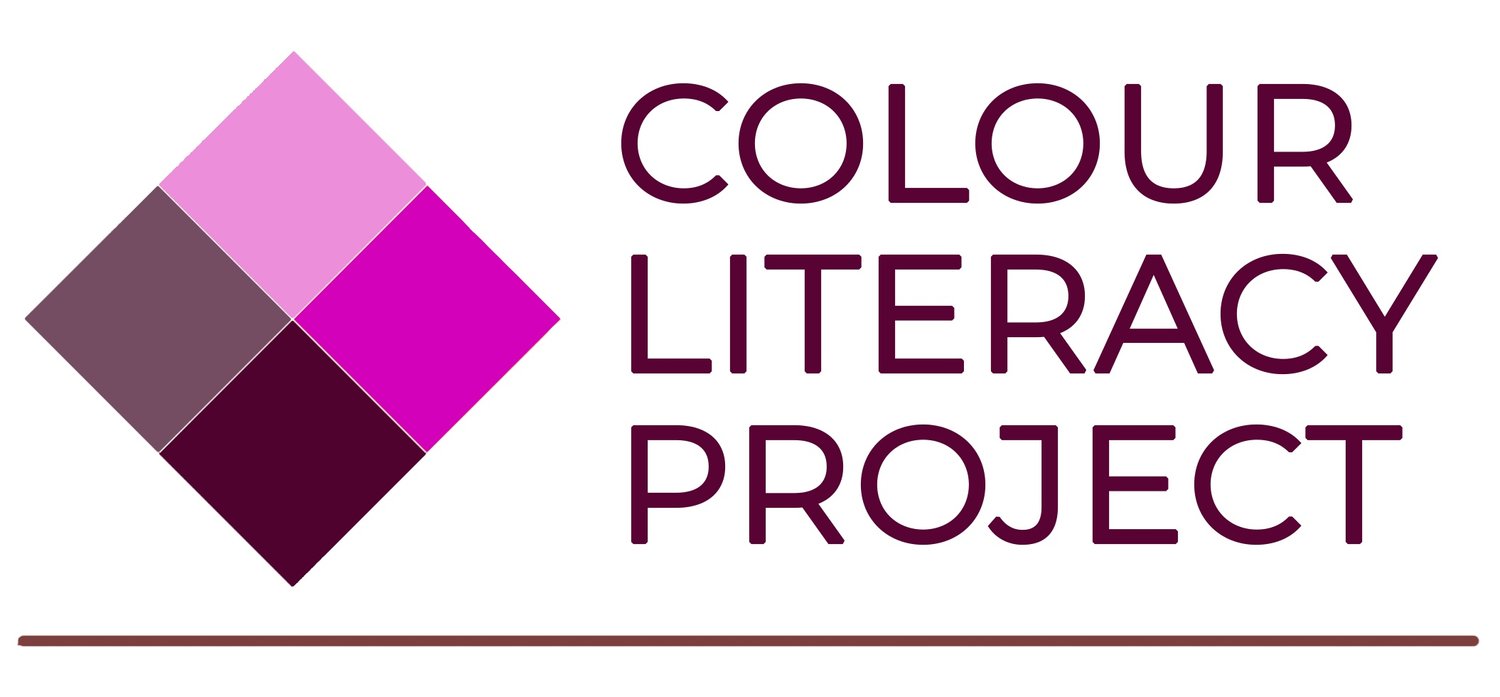Examining the rainbow
PERCEIVING COLOURS:
The Rainbow and beyond
How many colours are in the rainbow? If your response is ‘seven’ - take a closer look!
Details:
All ages (younger students may need help with the writing)
Time: 10 minutes
Learning Outcome: Realize that there are many more hues in the spectrum – not just seven.
Colour Concepts: The range of hues seen in a spectrum is a gradient; not all hues are seen in the spectrum.
Materials:
Background - Rainbows, Newton and the colours of the spectrum
Background - What is the relationship between light, wavelength and colour?
CLP Handout - Image of spectrum
Instructions:
Have a close look at the spectrum below.
Mark the initial divisions between the traditional ROYGBIV hues, and name each part of the spectrum on Side 1.
Next, take an even closer look at the spectrum, and notice whether you can see any more divisions between the hues. If you spend some time looking at the spectrum, you may be able to distinguish many more hues than you saw originally. Continue making divisions between the hues, and give each hue a name on Side 2.
Vocabulary:
Questions & Observations:
How many distinct hues do you see?
Why is it more precise to use the term ‘hue’ rather than ‘colour’ when describing the spectrum?
How do your divisions compare to those made by Isaac Newton?
In terms of colour character, how do you describe the colours of the spectrum?
Are there any colours you can think of which are not part of the spectrum?
What’s going on?
When a beam of white light passes through a prism, it is transformed into a spectrum. From an early age, we are taught the common misconception that there are only 7 colours present in the spectrum (or rainbow). This exercise is designed for you to take a closer look and describe as many colours (or more precisely hues) as you can see. The spectrum spans a continuous range of the most vivid hues.
There are several other common misconceptions about the spectrum, which also can be discussed in this exercise, such as:
The rainbow contains all the colours we can see
The spectrum spans a continuous range of the most vivid hues. Pale, dark and muted colours are not seen in the spectrum.
There are non-spectral colours like magenta and purple (which highlight the perceptual nature of colour - see the common misconception that magenta is somehow not a ‘real’ colour).
Colour and hue mean the same thing
For a precise view of colour, it is important to distinguish hue as one aspect or element of colour’s attributes.
Light rays (or their wavelengths) are coloured
Although it looks like the spectrum of light is coloured, it is important to realize that colour is a perceptual experience.




